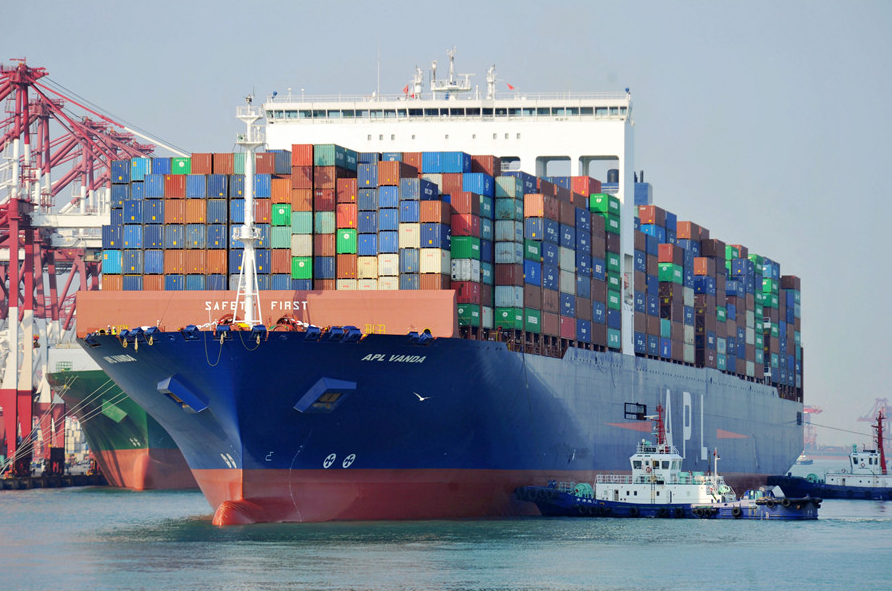Measures focus on stabilizing foreign trade as tough year looms
2023-02-27 15:33:55

A US cargo ship docks at the Qingdao Port, Shandong province.
The central government has released a new set of measures to stabilize China's foreign trade, a key driver of economic growth, as officials and experts expect stronger headwinds faced with the sector this year.
In a guideline published on Jan 11, the State Council, China's Cabinet, unveiled a host of measures to explore the growth potential of national imports and exports and ensure the stability and unimpeded operation of industrial and supply chains.
Key measures include amplifying the role of overseas warehousing, as financial institutions will be encouraged to bolster support of trading and logistics businesses in the development and use of overseas warehouses.
To boost the potential of consumer imports, China will optimize its cross-border e-commerce list, expand the categories of goods and host more promotional events for imported products.
The latest measures come amid expectations that export growth could slow this year following an exceptionally strong 2021.
China's total foreign trade hit a historic record level of $6.05 trillion in 2021, surging 21.4 percent from the year earlier, with exports up 21.2 percent and imports up by 21.5 percent year-on-year.
Li Kuiwen, a spokesman with the General Administration of Customs, told a news briefing last week that despite strong momentum last year, China's foreign trade could face more instability as it deals with challenges including dwindling demand, supply shock and weakening expectations.
With the COVID-19 pandemic raging globally, the external environment is even more complex, challenging and uncertain, and momentum for a rebound in global demand is slowing, he said.
Louis Kuijs, head of Asia Economics at British think tank Oxford Economics, said in a research note that while China's exports will continue to be underpinned by the ongoing global economic recovery and an easing of supply constraints, foreign demand for its goods is slowing, and foreign spending will likely shift more to services throughout the year.
He explained that some exporters could see short-term benefits from the Regional Economic Partnership, which was enacted on Jan 1, but that most of the benefits will come in the long run.
In stabilizing industrial and supply chains, the latest guideline pledged to encourage businesses to sign long-term contracts with shipping companies and encourage financial institutions to provide inclusive financial support to eligible small and micro businesses involved in logistics.
The document stated that local authorities have also been asked to draft more support policies for labor-intensive sectors-especially textiles, clothing, furniture, plastic products, toys and ceramics-to stabilize the job market.
